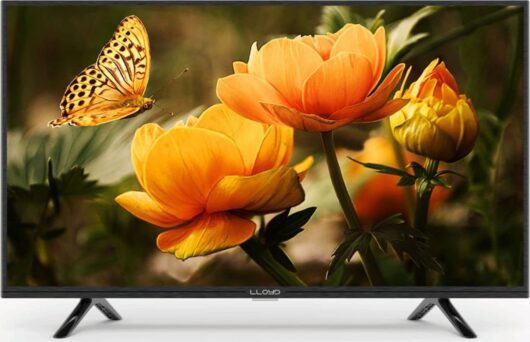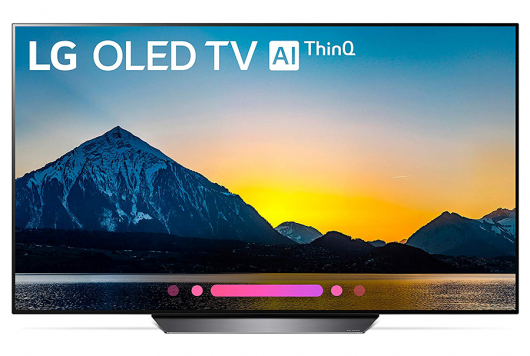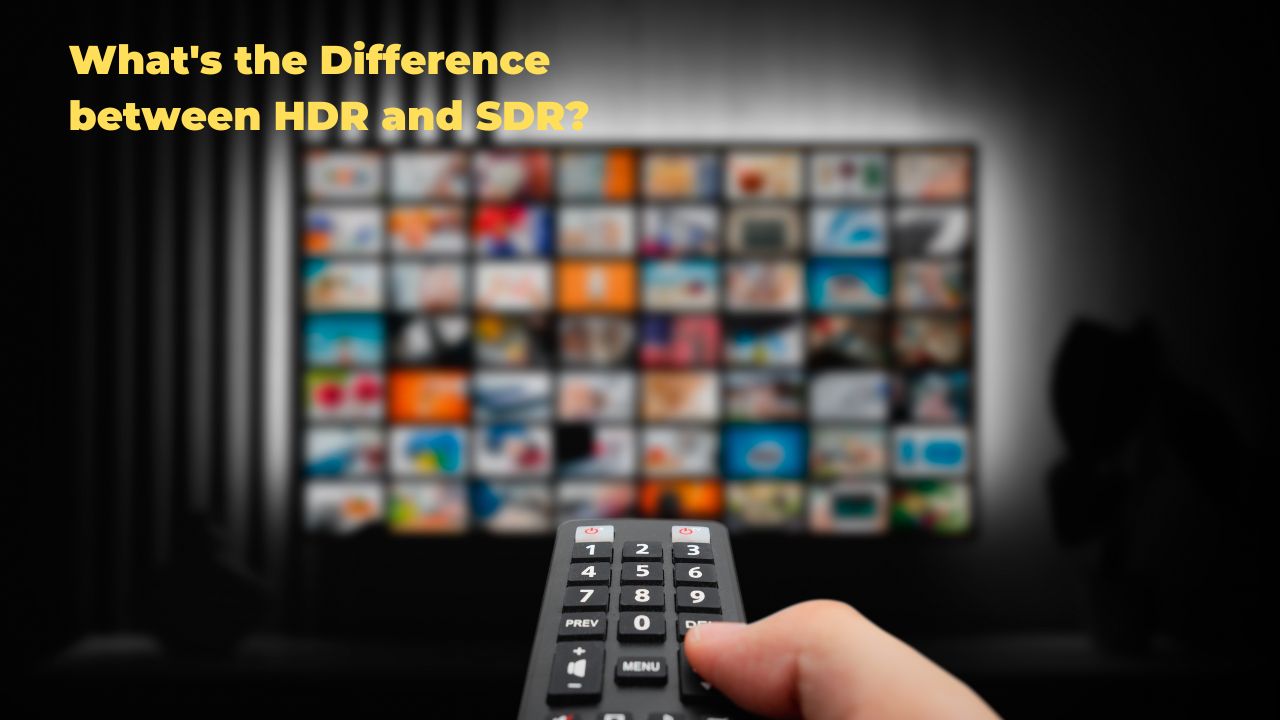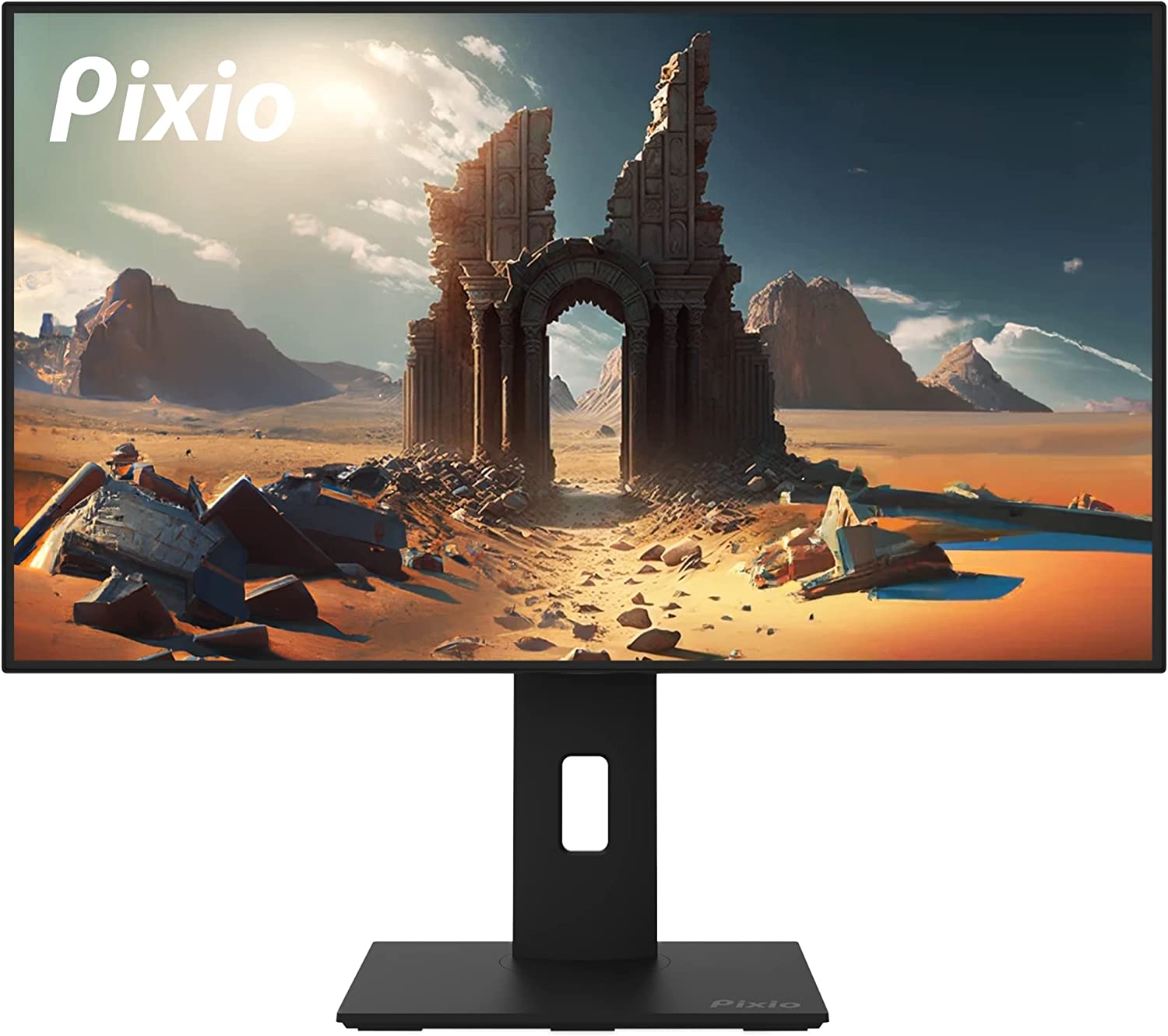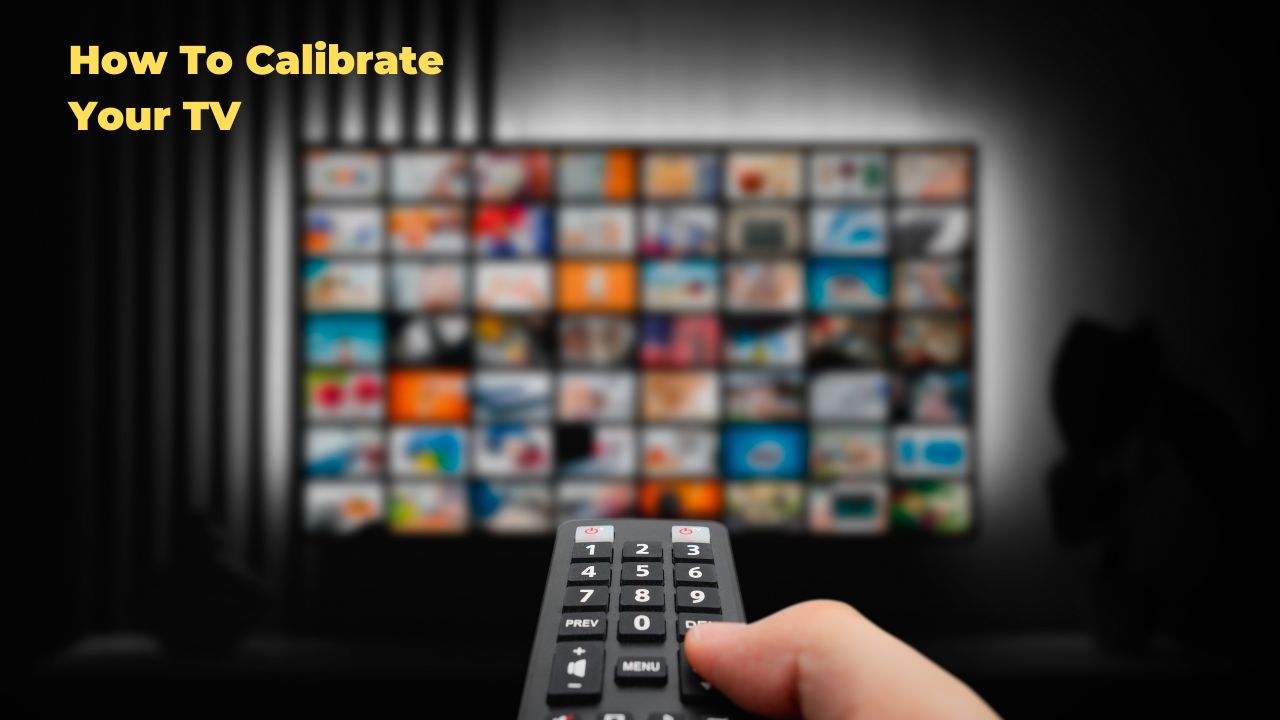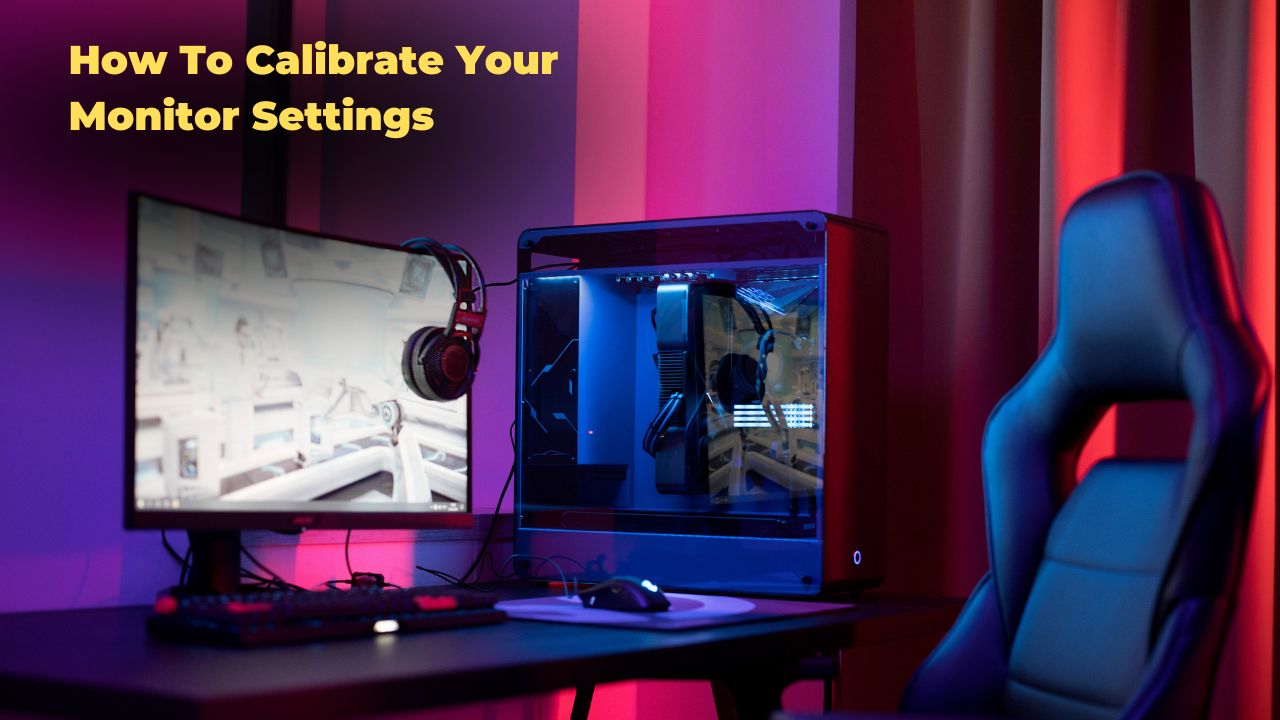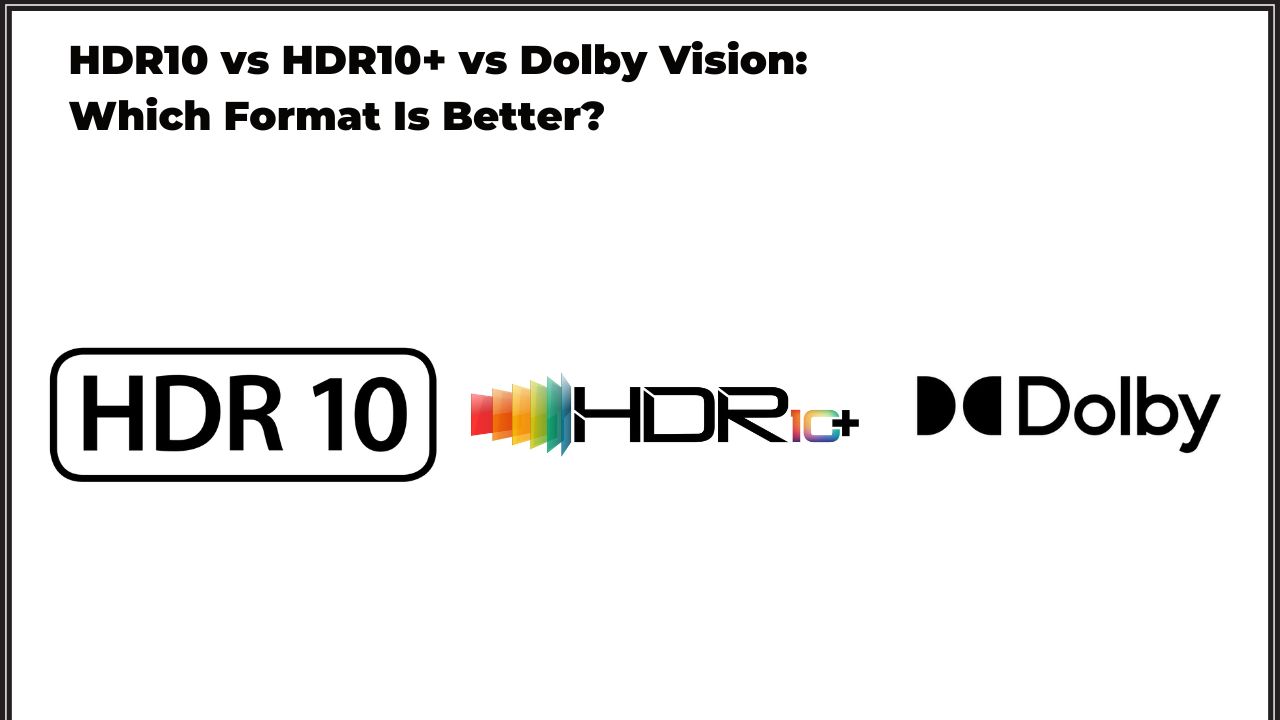If you’re in the market for a new TV, you’ve probably been debating between OLED, LED, and LCD TVs. Here’s a look at the three main types of TVs: LED, OLED, and LCD.
WHAT IS LED?
Most people are familiar with LEDs or light-emitting diodes. They’re found in electronic devices like TVs and computers and used as indicator lights in everything from appliances to automobiles.
LEDs are made from a semiconductor material, usually silicon. When electricity is applied to the material, it emits light. The colour of the light depends on the material used: different materials emit different colours.
Most televisions nowadays use light-emitting diodes, or LEDs, to produce light. The backlight of an LCD TV is made up of an array of LEDs. By manipulating the intensity of the light emitted by the LEDs, the television can control the brightness of the picture.
The use of LEDs in televisions has many advantages over the use of older technologies, such as cathode ray tube (CRT) televisions. LEDs are more energy-efficient, which means they use less power and produce less heat. They also have a longer lifespan than other bulbs, so you won’t have to replace them as often. And because they don’t contain harmful materials, they’re considered more environmentally friendly than CRTs.
While LEDs in TVs have many benefits, there are a few drawbacks to consider. One is that they can produce a flickering effect that can be bothersome for some people. They also tend to be more expensive than other bulbs, so you may have to pay more upfront to get an LED TV.
Despite some potential drawbacks, using LEDs in televisions is rapidly becoming the new standard.
Other benefits of LED TVs include the following:
- Increased contrast ratios
- Wider colour gamuts
- Faster response times
- Better durability
Who should buy a LED TV:
Those looking for a television with superior picture quality may want to consider a LED TV. Those looking for a more energy-efficient television may also consider an LED TV.
WHAT IS QLED?
QLED is a display technology used: In television, QLED is a display technology used for LCD screens. The name “QLED” is short for “quantum dot light-emitting diode” and refers to using tiny semiconductor particles to produce light.
QLED televisions can produce a wider range of colours than traditional LCD screens, achieving higher brightness levels. Samsung is the biggest manufacturer of QLED TVs, but other companies, such as Sony and Vizio, also offer QLED models.
QLED TVs are more expensive than traditional LCDs, but they offer several advantages in picture quality. If you’re looking for the best possible picture quality for your television, QLED is the way to go.
Who should buy a QLED TV:
The main reason to buy a QLED TV is for the amazing picture quality. QLED TVs use quantum dot technology to produce over a billion shades of colour, which results in incredibly realistic and vibrant images. In addition, QLED TVs offer great detail and clarity, thanks to their 4K resolution. If you want to experience the best possible picture quality, then a QLED TV is the way to go.
Another reason to purchase a QLED TV is for the excellent viewing angles. With most TVs, there is a noticeable drop-off in picture quality when you view the television from an angle.
WHAT IS OLED?
Organic light-emitting diode (OLED) is a next-generation display technology that offers several advantages over traditional LCDs. OLEDs are thinner, lighter, and more energy-efficient than LCDs, and they can provide better picture quality and colour reproduction. OLED technology is also flexible, which means it can be used in various applications, including phones, tablets, and TVs.
OLED technology is not just restricted to display applications. OLEDs are already being used in several lighting applications, and their use is only expected to grow. OLEDs offer several advantages over traditional light sources, including improved efficiency, better colour reproduction, and the ability to create thin, light, and flexible light sources.
Who should buy an OLED TV:
An OLED TV is a great investment for anyone who wants the latest and greatest in television technology. OLED TVs offer several advantages, including improved picture quality, better contrast, and more efficient power consumption.
While OLED TVs are more expensive than other types of TVs, they are definitely worth the investment for anyone who wants the best viewing experience.
Black Level
Of the three, OLED has the best black-level performance. This is because each pixel on an OLED display can emit light independently. As a result, when OLED pixels are turned off, they appear truly black.
On the other hand, QLED and LED TVs use a backlight that illuminates the entire display. Even when the dimming technology on QLED and LED TVs is at its best, there will still be some light leakage from the backlight, resulting in less-than-perfect black levels.
Colour Accuracy
When it comes to colour accuracy, all three TV types are pretty similar. They all use the RGB (Red, Green, Blue) colour model. However, OLED TVs may have a slight advantage because each pixel can emit light. This means that OLED TVs don’t require a backlight, which can sometimes cause issues with colour accuracy.
Viewing Angle
OLED TVs have the best viewing angles because each pixel emits its light. This means there is no backlight to wash out the image when viewed from an angle. On the other hand, both QLED and LED TVs use a backlight, which means that the image will start to wash out when viewed from an angle.
Power Consumption
Of the three, OLED TVs have the lowest power consumption. This is because each pixel on an OLED display can emit light independently. As a result, when OLED pixels are turned off, they don’t use any power. On the other hand, QLED and LED TVs always use a backlight that is always on, even when the TV is turned off.
Gray Uniformity
One performance metric where LCD TVs have always lagged behind plasma TVs is gray uniformity. This measures how evenly a display can produce a single shade of gray across the entire screen. Poor gray uniformity can result in a dirty screen effect (DSE), where the picture looks like it has a film of dirt on it. Poor uniformity can also cause mottling, where light and dark areas seem to swirl on the screen.
OLED TVs don’t have any of these issues since each pixel emits its light. This means no backlight can produce uneven lighting across the screen. As a result, OLED TVs have much better gray uniformity than any other type of TV.
Brightness
OLED and QLED TVs boast superior brightness levels to LED TVs. This is because OLED and QLED TVs use different technology to emit light.
While OLED and QLED TVs have superior brightness levels, there are other factors to consider when purchasing. One such factor is the price. OLED and QLED TVs are typically more expensive than LED TVs. Another factor to consider is the viewing angle. OLED and QLED TVs have a wider viewing angle than LED TVs. This means the picture will not wash out when viewed from an angle.
In conclusion, there are a few things to consider when deciding between an OLED, QLED, or LED TV. Brightness is one factor, but price and viewing angle should also be considered.
Viewing Angle
When it comes to TVs, the viewing angle is important. The viewing angle is the maximum angle at which a display can be viewed with acceptable visual performance. For example, when watching a movie on a TV, you want to see the screen from anywhere in the room. With a TV with a narrow viewing angle, you may have to sit directly in front of the screen to get the best picture. On the other hand, a TV with a wide viewing angle allows you to enjoy the movie from anywhere in the room.
So, which type of TV has the best viewing angle? OLED TVs have the best viewing angle of all three types of TVs. OLED TVs have a viewing angle of 178 degrees, which means you can watch the TV from anywhere in the room and still get a great picture. QLED TVs have a viewing angle of around 160 degrees, while LED TVs have a viewing angle of around 120 degrees.
Therefore, if you want the best viewing experience, an OLED TV is the way to go.
Colour Gamut and Volume
OLED technology can reproduce more colours than QLED and LED TVs. This is due to the way OLED pixels emit light. Each pixel is made up of a material that emits light when an electric current is applied. The colour of the light is determined by the type of material used.
QLED TVs also use a material that emits light when an electric current is applied. However, this material is not as efficient at emitting light as the material used in OLED pixels. As a result, QLED TVs can only reproduce a limited range of colours.
LED TVs use a different technology to produce light. An array of tiny LED lights are used to illuminate the screen. The colour of the light emitted by the LED lights is determined by the type of material used in the LED.
While OLED and QLED TVs can reproduce a wide range of colours, OLED TVs are more accurate regarding colour reproduction. This is because each pixel in an OLED TV can emit its light so that each pixel can be individually controlled. This allows for a greater degree of accuracy when it comes to reproducing colours.
While all three types of TVs have their advantages, it is important to keep in mind that the range of colours that a TV can reproduce is not the only factor determining the image’s quality. Other factors, such as contrast ratio, black level, and peak brightness, also play a role in the quality of the image.
Image Retention
QLED and OLED TVs have the same image retention rate. Image retention, or ghosting, is when a previous image is faintly visible on your screen even after a new image has replaced it. This is usually caused by static images being on your screen for extended periods of time, and it can be prevented by taking breaks from staring at your screen and using the screen saver feature on your TV.
While the image retention rate is the same for both QLED and OLED TVs, there is a difference in the way each type of TV handles image retention. QLED TVs use a technology called Quantum Dots, which emit light when hit by an electrical current. This means that the image on a QLED TV can be turned off completely when you’re not watching it. OLED TVs, on the other hand, use a technology called Organic Light Emitting Diodes. These diodes produce light when they electrical current passes through them. This means that, even when you’re not watching your OLED TV, it’s still emitting a small amount of light.
So, if you’re worried about image retention, a QLED TV is the better option.
Motion Blur
One of the key advantages of OLED TVs is that they don’t have motion blur. This is because each pixel on an OLED TV is individually lit, so the image doesn’t have to be ‘drawn’ from top to bottom as it does on an LCD TV. This means that OLED TVs can display fast-moving images without blurring them.
QLED and LED TVs also don’t have motion blur, but for different reasons. On a QLED TV, the backlight is split into a grid of small zones, each of which can be dimmed or brightened independently. This means that the backlight can adjust very quickly to changes in the image, reducing motion blur. LED TVs also don’t have motion blur because they use a backlight, but they don’t have the same level of control over the backlight as a QLED TV. This means that they may still have some motion blur, but it will be less pronounced than on an OLED TV.
Burn-in
OLED TVs are also susceptible to permanent image retention, more commonly referred to as screen burn. OLED screens work by applying an electric current to small organic molecules that emit light. The lifespan of these molecules is determined by how often they are activated and for how long.
When an OLED pixel is turned on for a long time, or when it is displayed at high brightness, it will begin to degrade. This degradation will cause the pixel to become permanently illuminated, even when it should be turned off. Screen burn is most likely to occur in static images, like the logos of news channels, and is irreversible.
QLED TVs don’t have this issue because they don’t use organic molecules. Instead, they use inorganic quantum dots. Quantum dots are incredibly stable, so they don’t degrade over time. This means that images on a QLED TV won’t suffer from screen burn, even if they’re displayed for a long time.
Price and Availability
QLED TVs are the newest television technology on the market. While they don’t come cheap, they offer a number of features that make them worth the price. If you’re looking for the best picture quality available, a QLED TV is a great option.
OLED TVs offer excellent picture quality, but they’re not as widely available as QLED TVs. You’ll also find that OLED TVs tend to be more expensive than QLED TVs.
LED TVs are the most common type of television. They’re widely available and relatively affordable. While they don’t offer the same picture quality as QLED and OLED TVs, they’re a good option if you’re on a budget.
When it comes to price and availability, QLED TVs are the best option, followed by OLED TVs. If you’re on a budget, an LED TV is a good choice.
QLED vs OLED vs LED TVs
When choosing a new television, there are numerous factors to consider. But perhaps the most important decision you’ll make is choosing which display technology is right for you. We’ll pit OLED TVs against QLED TVs to help you decide.
OLED vs QLED:
The battle of OLED vs QLED has been ongoing for a few years. Both technologies offer many advantages, and there are plenty of compelling reasons to choose one. However, there are also some drawbacks that you should be aware of before making a decision.
OLED Advantages:
- Better picture quality: OLED panels can display perfect black levels, which results in exceptionally high contrast ratios. OLED TVs can offer a significantly more realistic and detailed picture than their LED and QLED counterparts.
- Wider viewing angles: OLED panels emit light directly, so they don’t suffer from the problems associated with backlighting. This results in much wider viewing angles than with an LED or QLED TV.
- Lower power consumption: OLED panels are very efficient, which means they use less power than other types of display technology. This can lead to significant savings on your energy bill over the TV life.
- Thinner and lighter form factor: OLED panels are very thin and light, which allows for a much sleeker and more elegant design than you’ll find with an LED TV.
QLED Advantages:
- Higher brightness: QLED TVs can reach significantly higher brightness levels than OLED TVs. They can offer a more realistic picture when viewing HDR content.
- Better colour reproduction: QLED TVs use a technology called quantum dots, which enables them to produce a wider range of colours than OLED TVs. This results in a more lifelike and accurate picture.
- Lower price: QLED TVs are typically more affordable than OLED TVs, making them a more budget-friendly option.
- More widely available: QLED TVs are manufactured by several companies, resulting in a much wider selection of models.
So, which is better? OLED or QLED?
The answer to this question is ultimately up to you. Both technologies have their own unique set of advantages and drawbacks. It’s important to carefully consider your needs and preferences before deciding.



